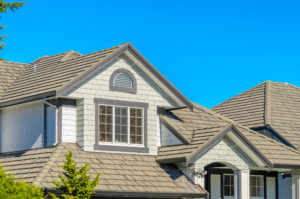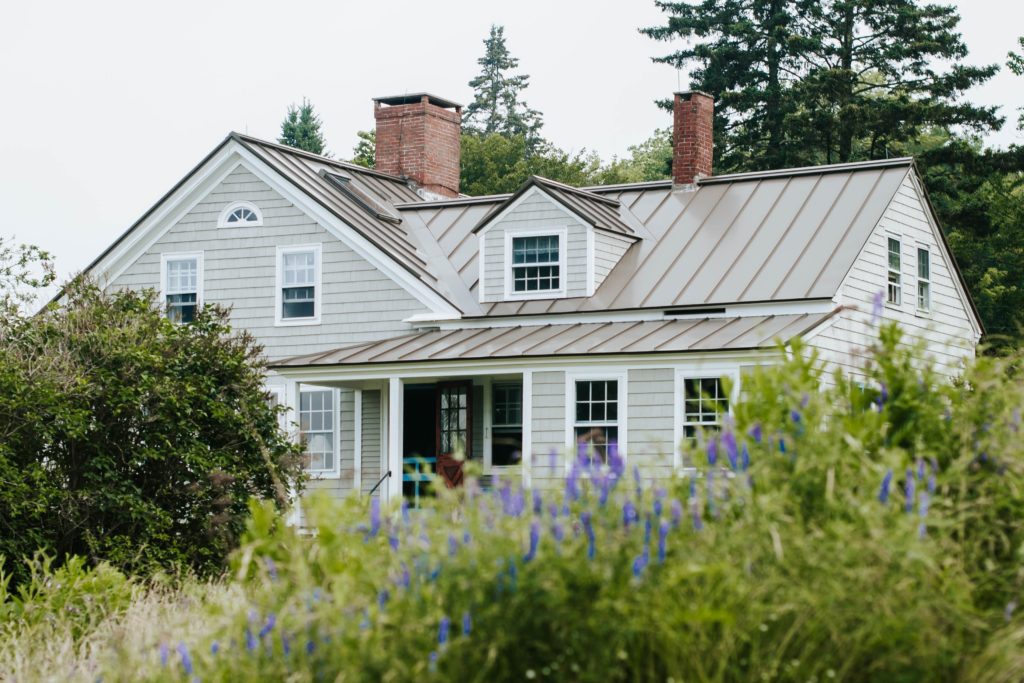

A traditional roof can reach temperatures of 150 degrees or more on hot, sunny days. A reflective, energy-saving roof can keep your roof around 50 degrees cooler under the same conditions. These cool roofs can reduce your energy bill and save you money.
Read on to learn more about energy-saving roofs and how your roof can save you energy.
Cool roofs are designed to reflect sunlight better than a traditional roof. They will absorb less solar energy and lower the temperature of your home. Cool roofs save energy and lower the cooling and heating costs for your home.
Cool roofs lower the flow of heat into the living areas of a home. They shed heat away using reflective technology.
When your home has an energy-saving roof, it won’t have to work as hard to regulate indoor temperatures. Because of this, your HVAC system will not need to run as often to heat and cool your home. An Energy Star certified roof can reduce peak cooling demand by 10-15%.
Fresh air plays an important role in the health of your roof. Hot air can build up in the attic, so proper ventilation needs to be installed to prevent excess heat. When the attic becomes overheated, it can leak into your living areas, causing your cooling system to run more often.
New roofs improve the airflow between the attic and living space of your home. Adequate airflow in the attic reduces the strain on your HVAC system. It will also save you money in the long run because your home won’t have to work as hard to stay cool.
When the roof on your home can reflect sunlight away, your home becomes more energy efficient. Traditional roofs absorb the sunlight, heating the surface of the roof. Reflective roofing material can reduce the surface temperature and slow the transfer of heat to your living spaces.
Newer roofs use materials that have reflective technology. These roofs keep your home cooler during the hot summer months. Choose a new roof with a high reflectance value to save money on your cooling bills!
The area you live in will decide which color shingles you should have on your home. Cold weather areas can benefit from darker roofing materials. Those in warmer climates should choose lighter cool roofing materials.
Modern shingles can protect your home from the elements, too. They are better at controlling heat flow and keeping your home better insulated. They are made of energy-efficient materials that reflect more sunlight than traditional shingles.
An energy saving roof can lower your energy consumption by increasing ventilation. It will also increase your roof’s ability to reflect sunlight, lowering the surface temperature of the roof. Be sure to choose the right shingle color for the climate where you live.
If you are looking to improve your home’s energy efficiency, contact us today! We will provide you with a free roof inspection to get you started.